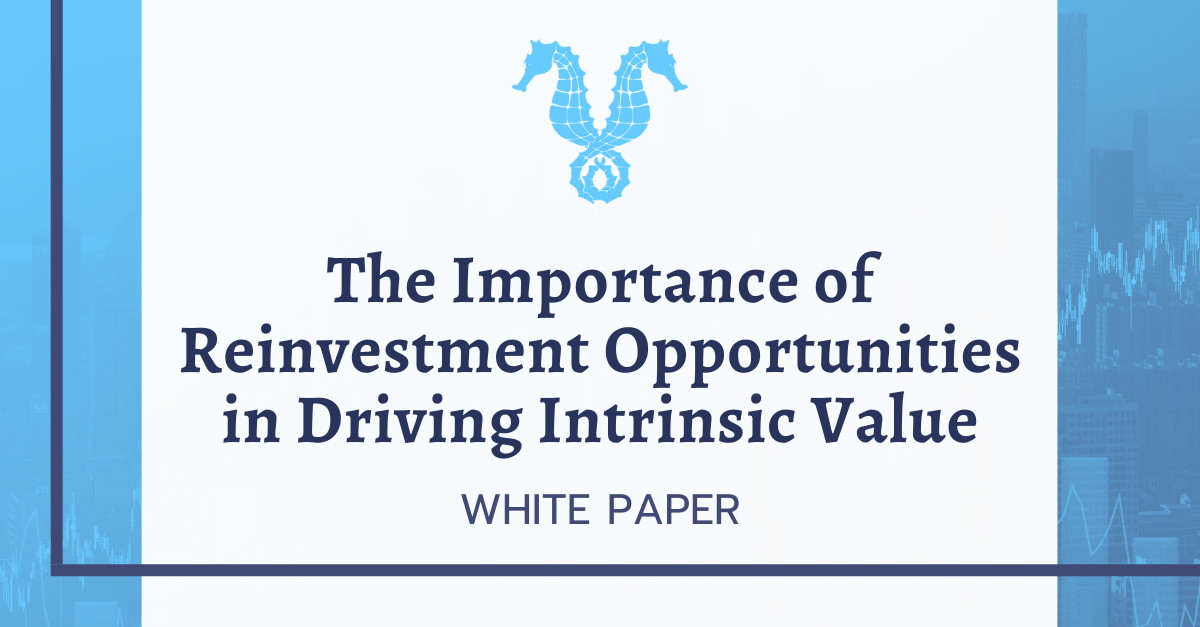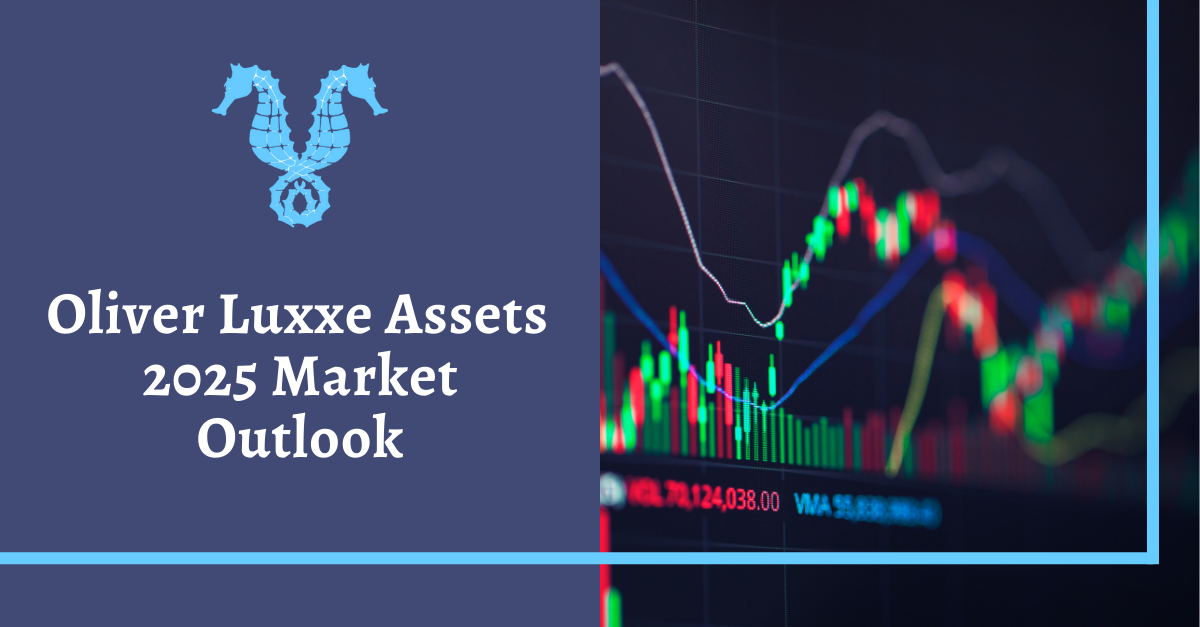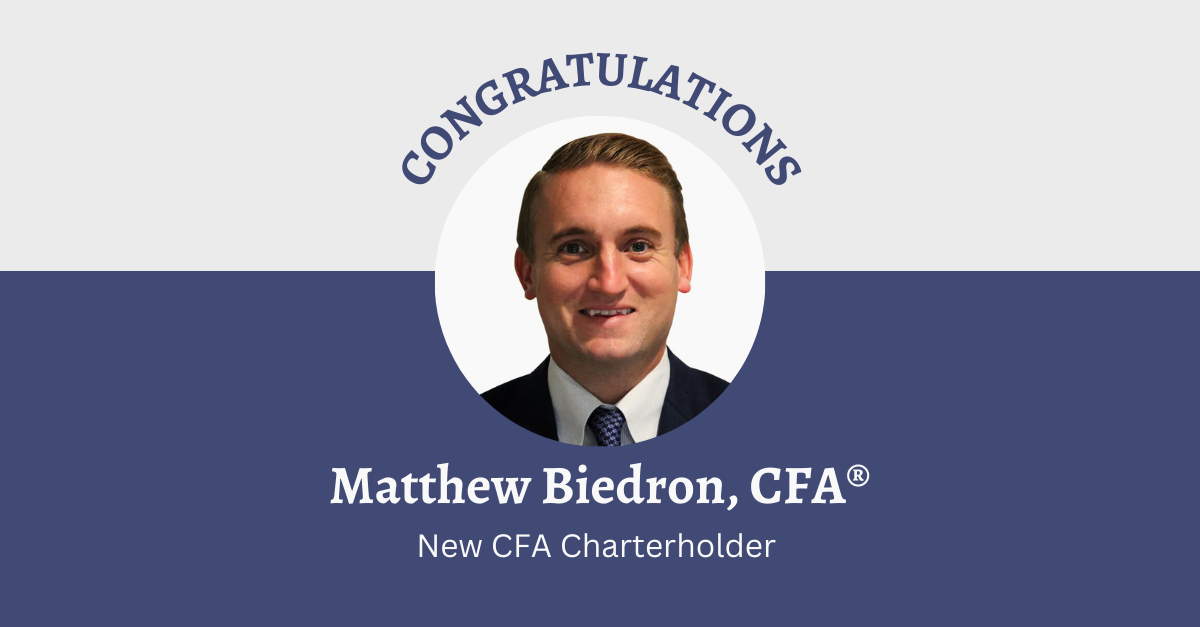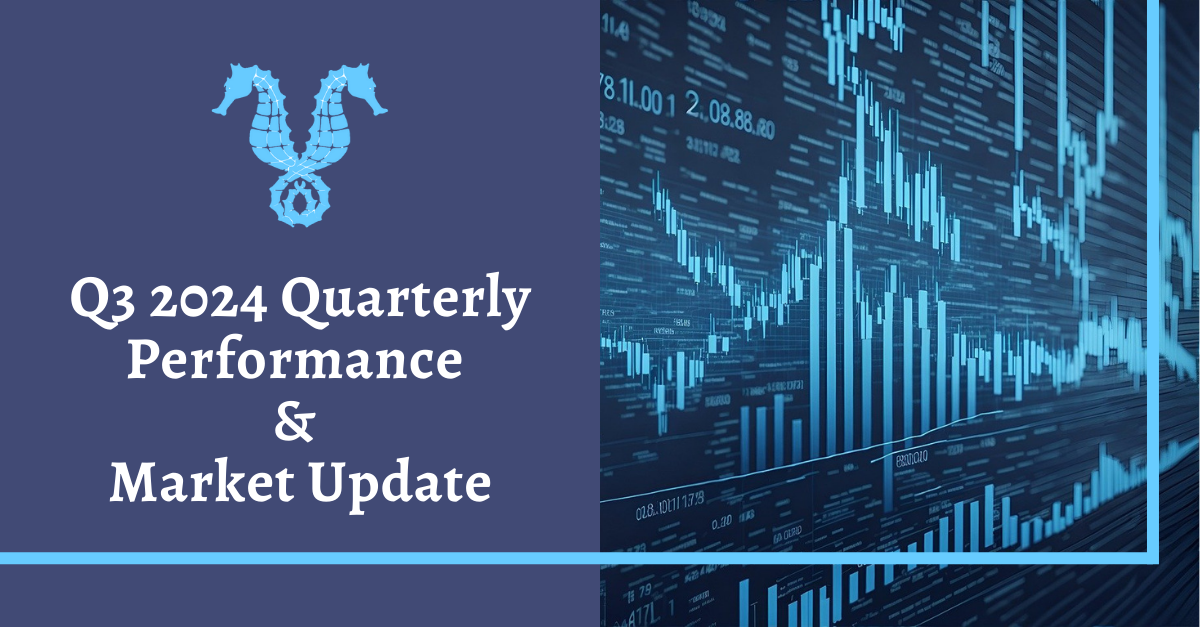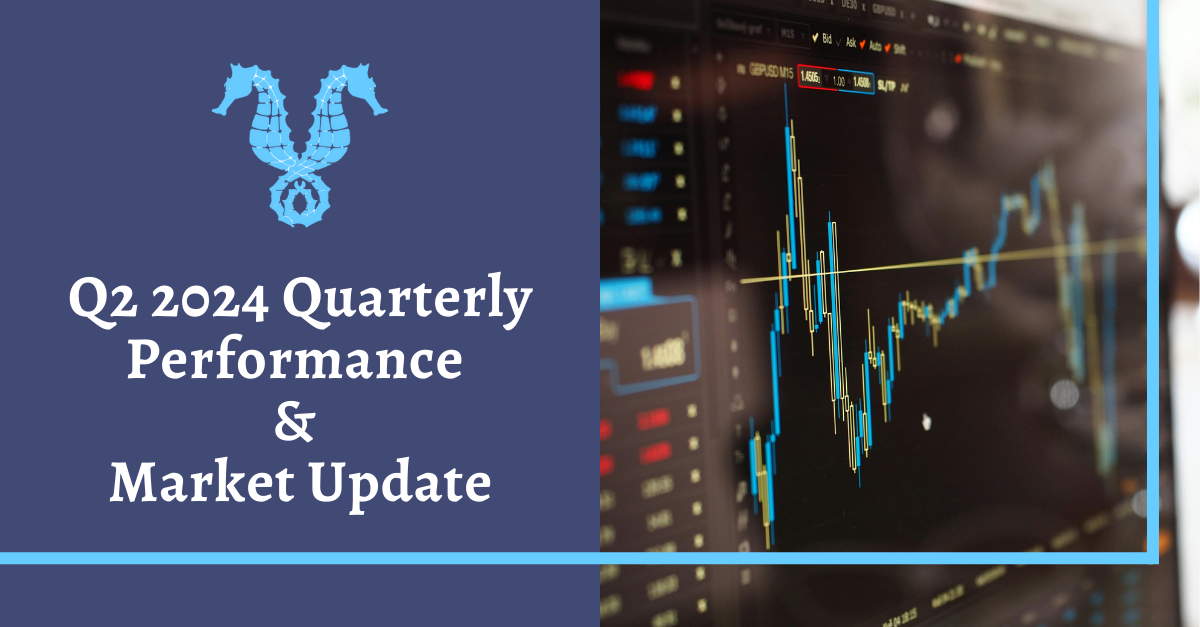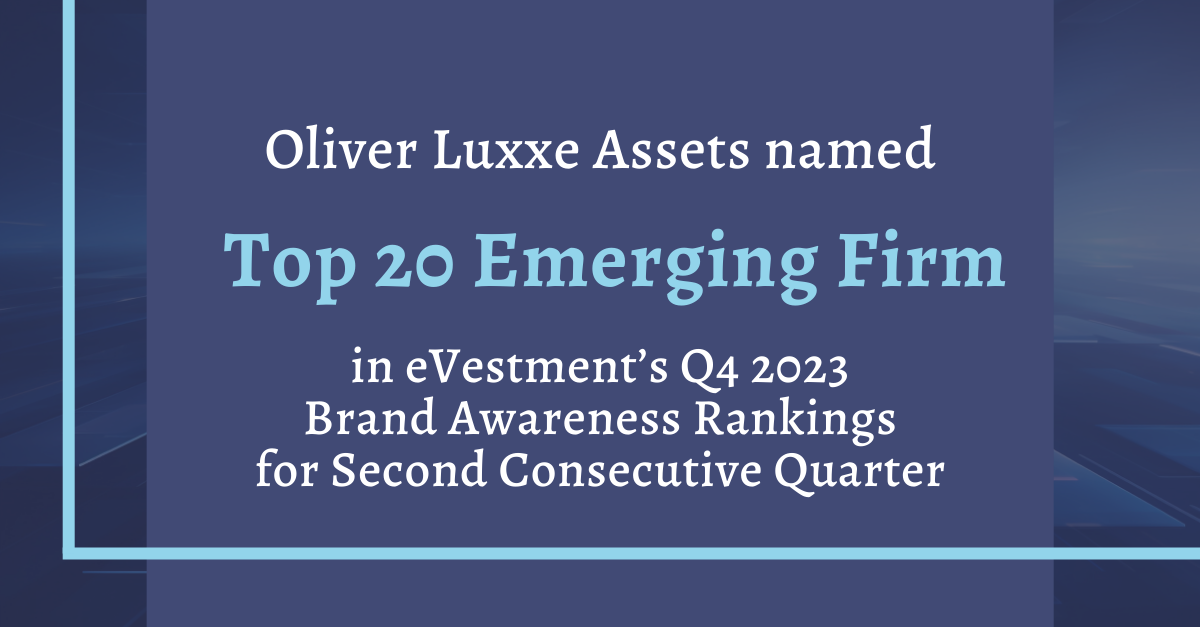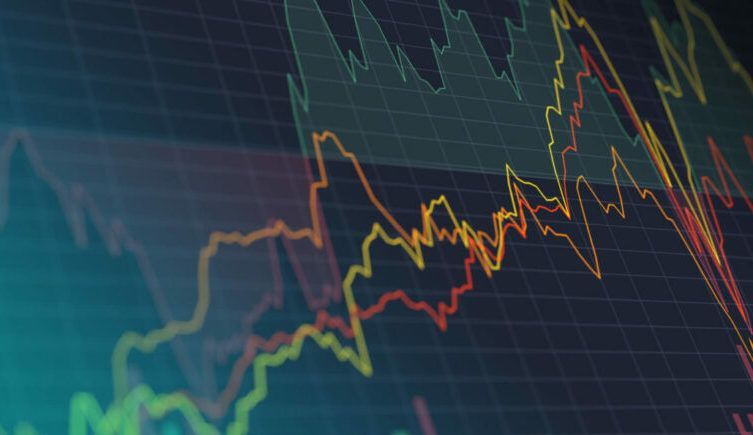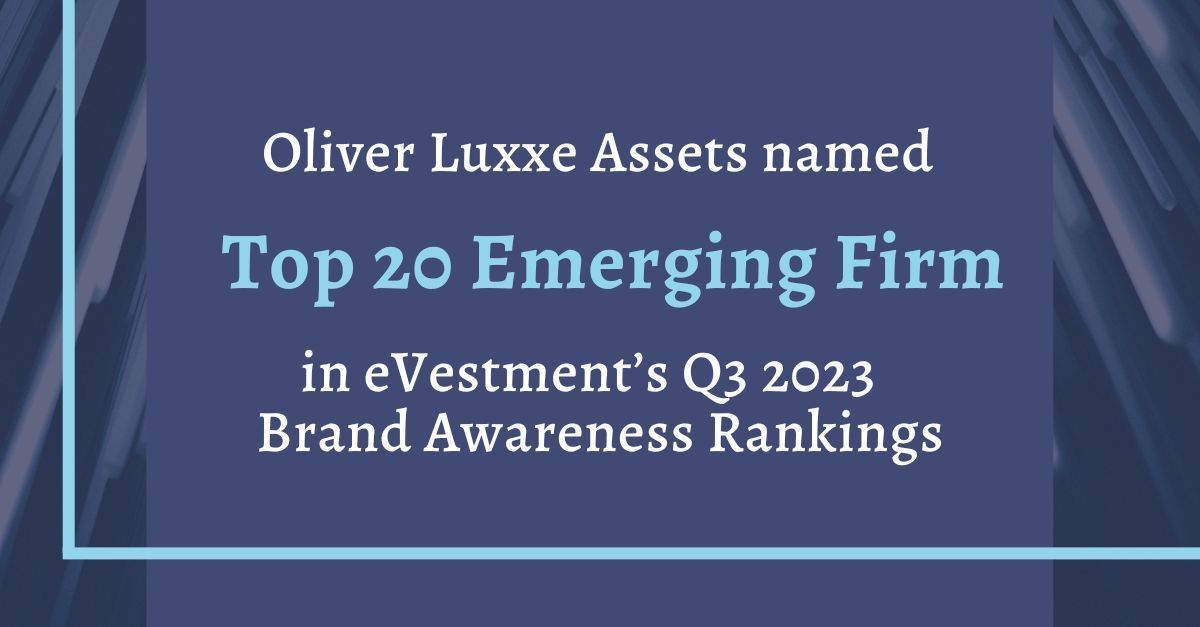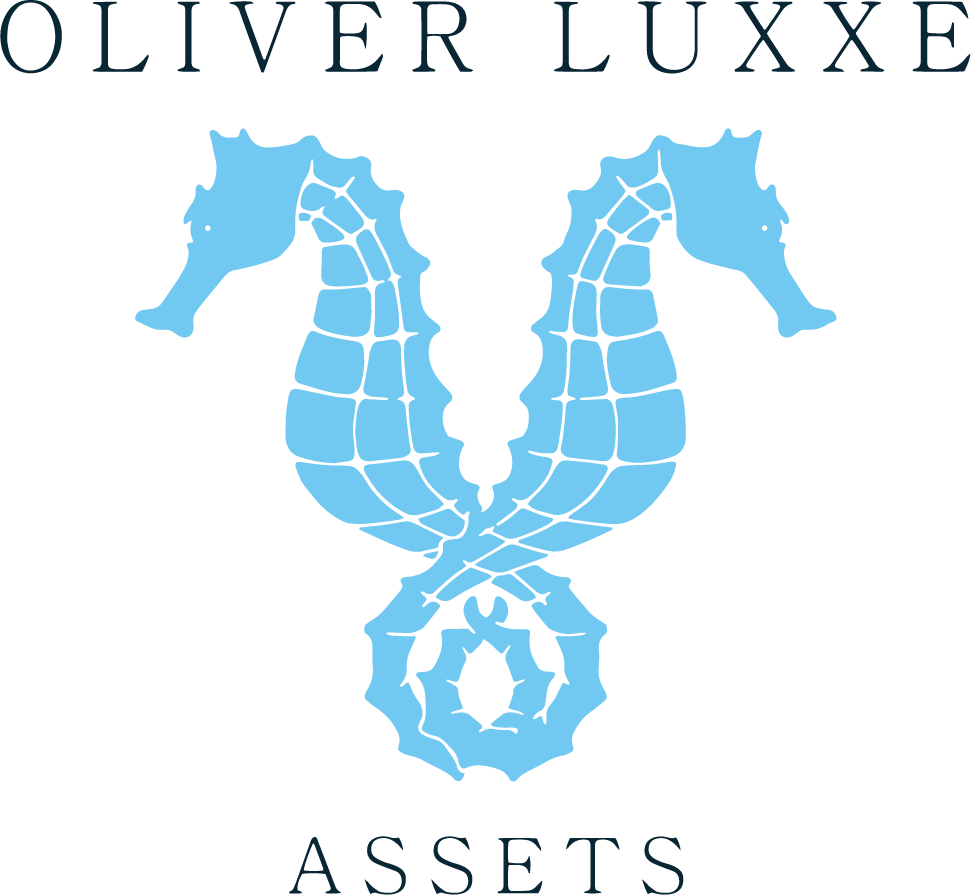2020 Year End Review
Back in March 2020, we released our market commentary titled The Price of Admission Part 2 and cited a key paragraph below:
“In our recent Market Commentary piece titled “The Price of Admission”, we suggested that a significant investment opportunity was being formed. We continue to believe this opportunity exists, especially after the recent market correction. We posed that the “unique” nature of COVID-19 may have serious psychological effects such as social isolation (travel restrictions, canceled events, work from home, etc). Clearly, these issues will have an economic impact. However, history has shown that the capital markets will recover in due time if appropriate medical, fiscal and monetary actions are taken to address the near-term concerns.”
Main Takeaways
- Periods of high volatility create investment opportunities
- Markets recover in due time
- We are emerging out of the shortest and steepest recession in US history as the economy was "locked-down” due to COVID-19
Small Cap Equity Holdings Overview
- Artisan Partners Asset Management Inc. (APAM) – Artisan Partners is an investment management firm that provides services to separate accounts, mutual funds, and other pooled investment vehicles. Over the past few years, the company has embarked on strategic initiatives of returning to positive organic growth, diversify its asset base, drive operating margins >40%. Given continued execution and management’s high credibility, we remain positive that APAM can drive further organic growth and higher operating margins. Artisan Partner’s FY2 P/E of 13x compares favorably to asset management peers and we believe the firm’s dividend is attractive at ~5%.
- Atkore Intl’ Group (ATKR) – Atkore is a manufacturer of electrical products primarily for non-residential construction, renovation, construction, and industrial markets. ATKR is a top ranked SMID/Small cap company on our quantitative screens due to its clean balance sheet (1.6x Net debt/EBITDA), pricing power, earnings momentum, and leverage to secular growth end-markets (i.e., datacenters, warehouses, and telecom). Due to these powerful secular trends Atkore has been able to navigate its way through the COVID-19 pandemic and a weak non-residential environment. ATKR’s forward P/E multiple of ~10x compares favorably to multi-industry peers and historical valuation range of 4x to 14x.
- LKQ Corp. (LKQ) – LKQ is a distributor of vehicle products, including replacement parts, components and systems used in the repair and maintenance of vehicles. LKQ is an attractively valued transformation story, as it right-sizes its European operations and improves both its margins and cash conversion. The company has continued to highlight progress regarding EBITDA margin targets, even during the pandemic. We are confident in LKQ’s ability to meet (and potentially exceed) their 2022 European EBITDA margin target of 11%. LKQ’s valuation is very attractive, as it trades at its 5-year average of 14x forward P/E despite its significant progress on restructuring plans.
Outlook
All investment strategies have the potential for profit or loss; changes in investment strategies, contributions or withdrawals may materially alter the performance and results of a portfolio. Different types of investments involve varying degrees of risk, and there can be no assurance that any specific investment will be suitable or profitable for a client's investment portfolio. This is not a recommendation nor an offer to sell (or solicitation of an offer to buy) securities in the United States or in any other jurisdiction.
